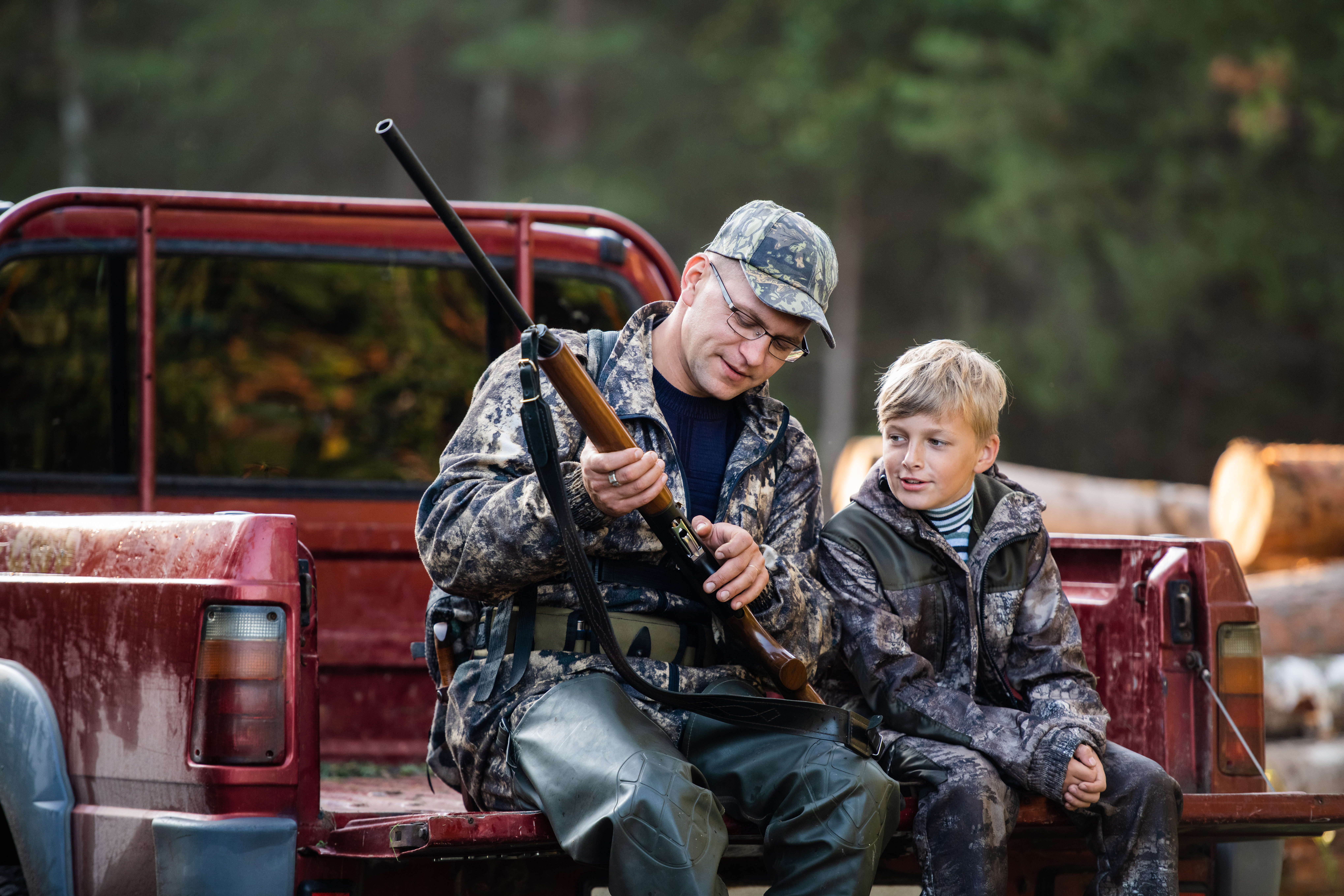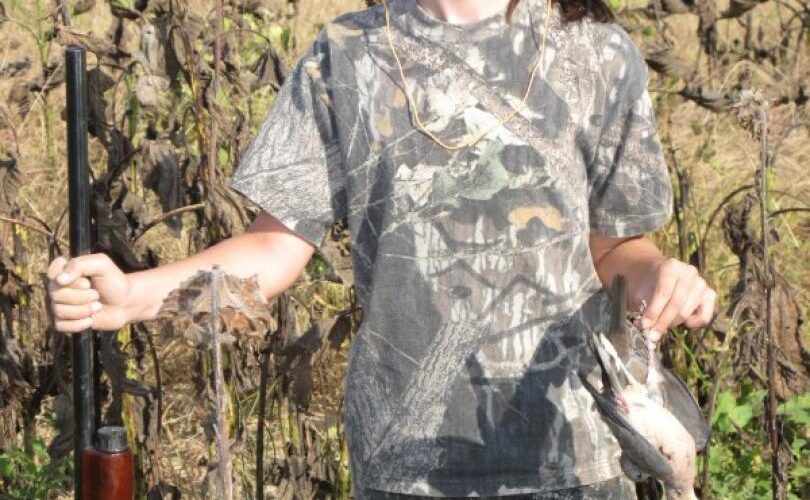News
TrueTimber and Banded Partner with Darby’s Warrior Support
October 28, 2025 •iSportsman Staff
July 13, 2021
Researchers from North Carolina State University recently submitted their reported findings on college students’ interest and participation in hunting to The Journal of Wildlife Management. Researchers surveyed 17,203 undergraduate students in public universities in 22 states from 2018 to 2020. Part of their research serves the public interest of state wildlife agencies, and other hunting agencies, in recruitment strategies as declines in hunting diversity and participation also mean fewer funds for conservation and wildlife resources.

Their findings of active hunters were not surprising, out of the 26% of active hunters 84% were white, 74% were male and most were from rural hometowns. Likewise, only 7% of active hunters had no social support system.
The non-hunters, however, revealed more interesting results. Of the 50% non-hunters, 20% vocalized some interest in potentially hunting in the future. Of those potential hunters, 47% were female and 38% identified as Black or African American, Hispanic, Lantinx, Asian American, American Indian, or Other. Also, amongst the potential hunters, 43% were from urban hometowns. And most importantly 74% had no social support system in place to get into hunting or shooting themselves.
This is not surprising given the findings in the most recent U.S. Fish and Wildlife Service National Hunting and Shooting Sports action plan.
“Until very recently, most R3 efforts have focused heavily on programs that provide the novice with introductory trial opportunities […] moreover these effects have generally only served the youth of traditional audiences (white, male, middle-aged) and thus catered to those already likely to be mentored into hunting or recreational shooting by their families.”
The reasons listed for R3’s shortcomings are the same seen elsewhere in the hunting community: lack of mentors, programs, and outreach.
“For students across the survey, getting ethically and locally sourced meat was the biggest motivator for hunting. Students across all groups also supported hunting as a conservation tool. Hunting for social reasons or for sport were more prominent motivations among active hunters. The biggest constraint they found among non-hunters, potential hunters and lapsed hunters was interest in other activities.”
It could be said one of the biggest changes needed in the hunting and outdoor industry is the re-branding of the assumed ‘niche lifestyle.’ It’s fair to say there is a common interest to be shared with these potential hunters, but most hunting culture does not revolve around showcasing the more ecological side of the sport. Trophy hunting is still too ingrained in mainstream hunting media to appeal to those approaching the sport from a conservation angle.
“Conservative estimates indicate that less than six percent of U.S. residents over the age of 18 are hunters and only 16% are active shooting participants […] Both hunting and recreational shooting are enjoyed by only a minority of the nation’s population. The lack of cultural and ethnic diversity among the current population of hunting and shooting sports participants further increases the perception that these activities are representative of the broader cultural norms shared by the majority of U.S. residents.”
